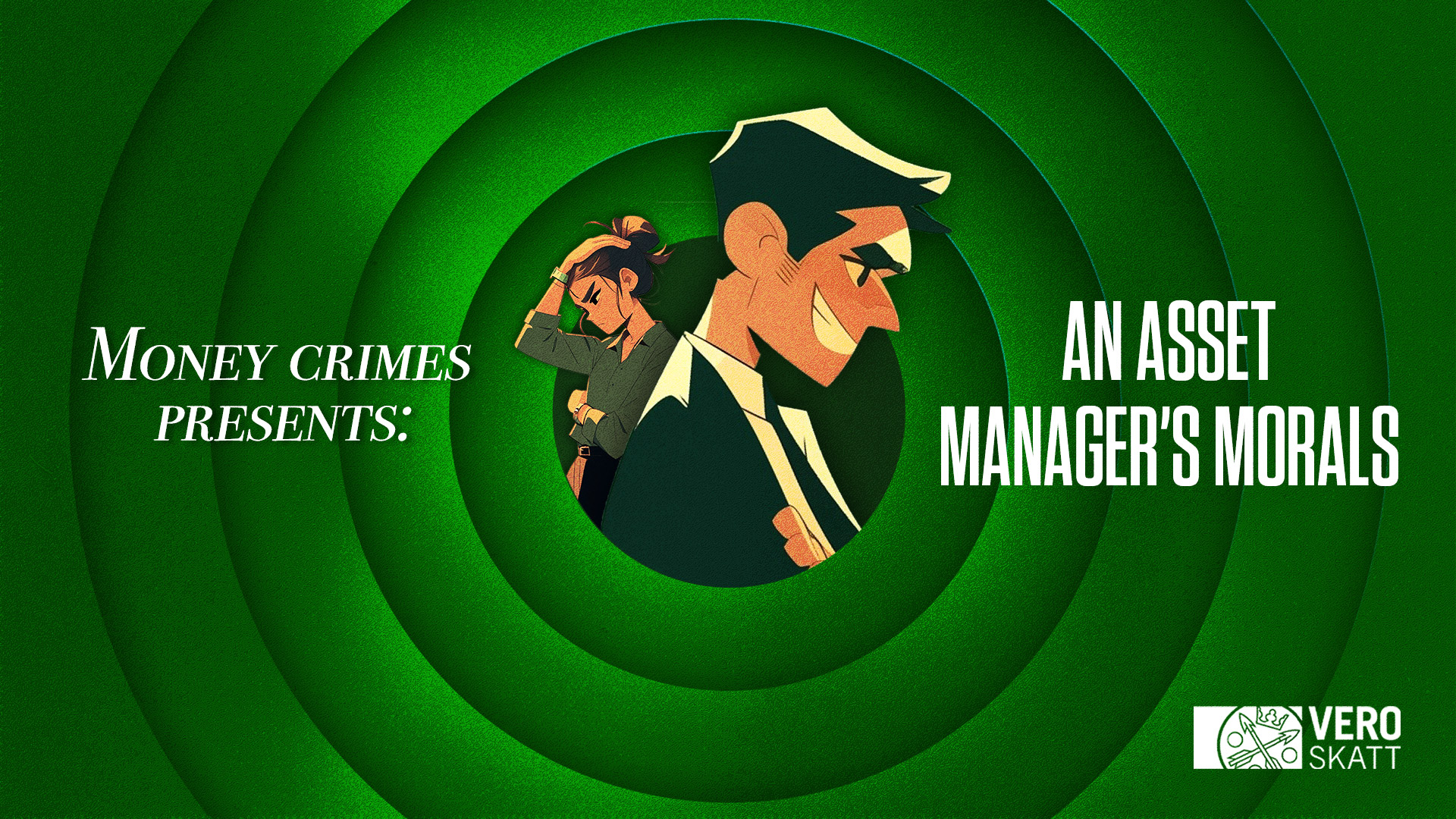Criminal money – Subterfuge or bankruptcy
The case of Ville and Janne is fictional, but based on real-life observations of professional enabling
What happens when a successful business seeks help from dishonest sources? This is the story of Janne and Ville and how their choices led to trouble with the authorities.
Ville and Janne were engaged in construction activities through the company they owned. Their business was extensive, involving several well-known contracts and dozens of employees.
Unfortunately, the company ran into financial difficulties and the threat of bankruptcy loomed. However, Janne and Ville did not want to lose their renowned reputation as reliable operators in the sector. They did not want to give up the standard of living they had achieved. Possible bankruptcy proceedings could threaten their family finances, not to mention their homes and cars.
They therefore contacted Santeri, a well-known professional enabler whose services they had heard about from another construction company.
Through his company, Santeri was involved in the anonymous acquisition of companies on the verge of bankruptcy, restructuring and mergers and acquisitions. Ville and Janne were aware that Santeri's company was operating in a so-called grey area, but "needs must", as they say.
Santeri arranged a buyer for the company, Aleksi, a lower-level professional enabler or so-called 'buffer operator'. Aleksi also had links to organised crime. The agreed purchase price was a nominal fee of just five euros. Ville and Janne were relieved that the difficult matter was so easily taken care of and that they could look to the future.
A formal deed of sale of the company was also drawn up. In connection with the transaction, an organised criminal group got its own man to run the company. They wanted the company to continue operating under Aleksi, as it was still generating income. At the same time, the “end-of-life care” of the company also began.
The owners began clearing out the company, with assets and property being moved out of the reach of creditors. More organised criminal operators also became involved. Aleksi worked through his own accounts, draining the company's assets and paying undeclared wages to employees. At the same time, other buffer operators hired for the operation, lower-level professional enablers, made their own accounts available to clear out the company. Santeri used his own company to drain the business and drew up a fictitious invoice between the companies. Bogus deductible VAT returns were prepared for the Tax Administration in order to play for time.
Santeri and a lawyer he knew were planning to hide the money gained from the anonymous acquisition later, out of the reach of creditors, using cryptocurrencies and neo-banks, among other things. The intention was also to use the lawyer’s client reserve account. Perhaps a few more overseas shell companies would also be needed.
However, the authorities were alert almost from the start and the company came under close scrutiny in terms of its risk management. The tax authorities made a preliminary request for investigation to the police at an early stage, which allow the pre-trial investigation authorities to be quickly involved in the proceedings.
The company's indebtedness had to be stopped, and its accounts also had to be assessed by an administrator, so a bankruptcy petition was filed by the Tax Administration. However, Santeri and the lawyer who was advising him reacted quickly. The company applied for corporate restructuring in order to enable quick protection from creditors and to continue trading – at least for a while. After all, there was still plenty of easy money available from this reputable company.
The authorities acted swiftly and informed the court of the situation; the company should not be granted corporate restructuring. The company's restructuring application was carefully drafted, using a range of professional advisers, an accountant and a lawyer. Even the company’s financiers were thus misled.
The application for restructuring was rejected thanks to the swift action of the authorities, while the police investigation continued. Covert police intelligence gathering, including telecommunications surveillance, quickly revealed the links between the various parties. The authorities were able to gather strong evidence and charges were brought for aggravated money laundering, aggravated fraud by a debtor and registration offences.
The company's accountant should have realised that the new owner, Aleksi, was not a reliable party with whom to continue the contractual relationship. Other parties, such as the financiers, should have been more aware of their client's true intentions.
What is Ville and Janne's liability for selling their business to a well-known provider of “end-of-life care” that also had links to organised crime? Anonymously acquiring a company on the verge of bankruptcy is not always successful and the authorities may also investigate the owners who sell their businesses. In this case, Ville and Janne may also be liable for the company's debts. Criminal investigations may also be carried out into the activities of the original owners. It's all a gamble.
When professional enablers operate behind the scenes of various financial crimes, they use their integrity and social standing to avoid sanctions and criminal liability. They can be well-connected and give a completely honest picture of themselves and their activities to the outside world. But the reality may be different.
All professionals should know their clients and refrain from engaging if their trustworthiness is in doubt. Every professional should also consider the content of each assignment and whether it is ethical to offer their expertise to carry it out.



